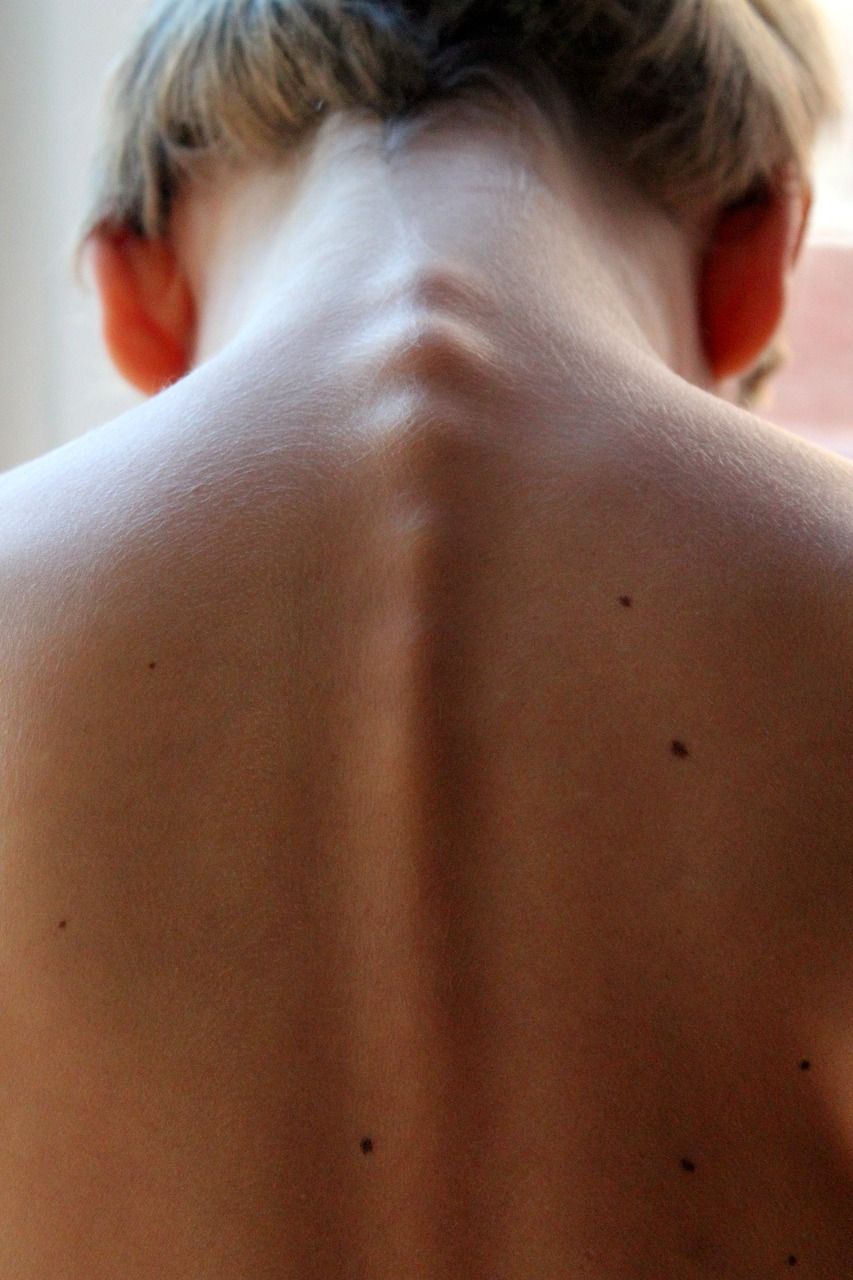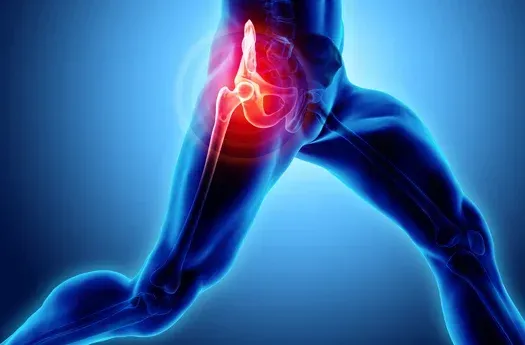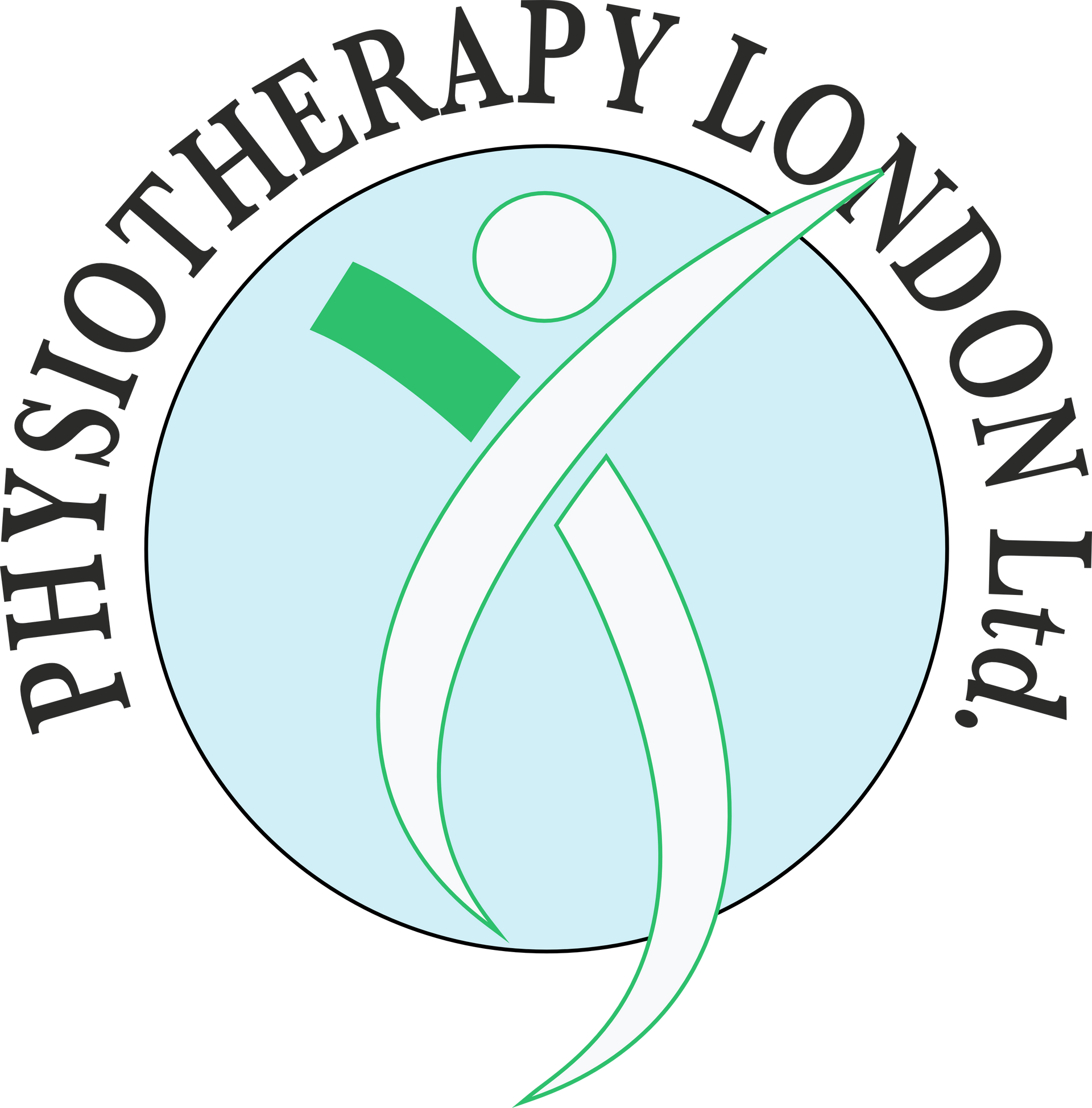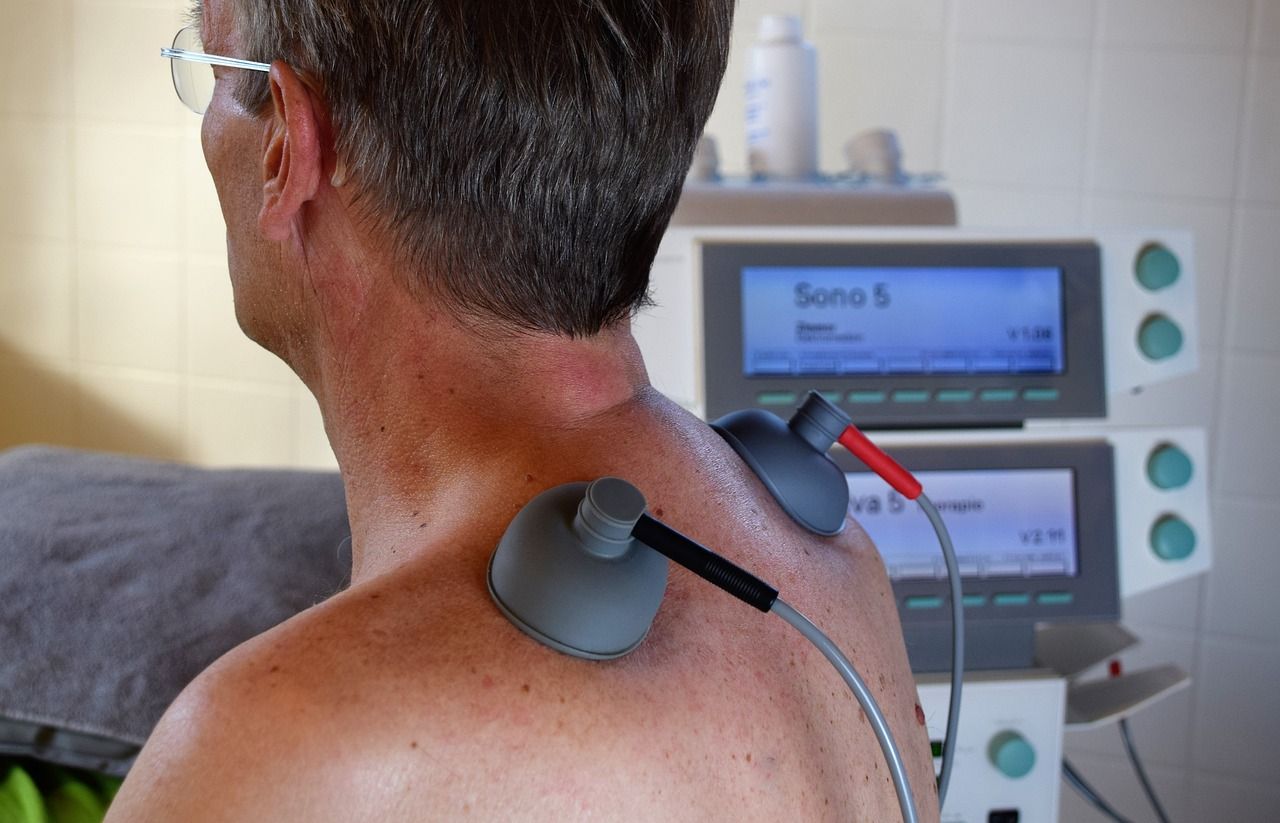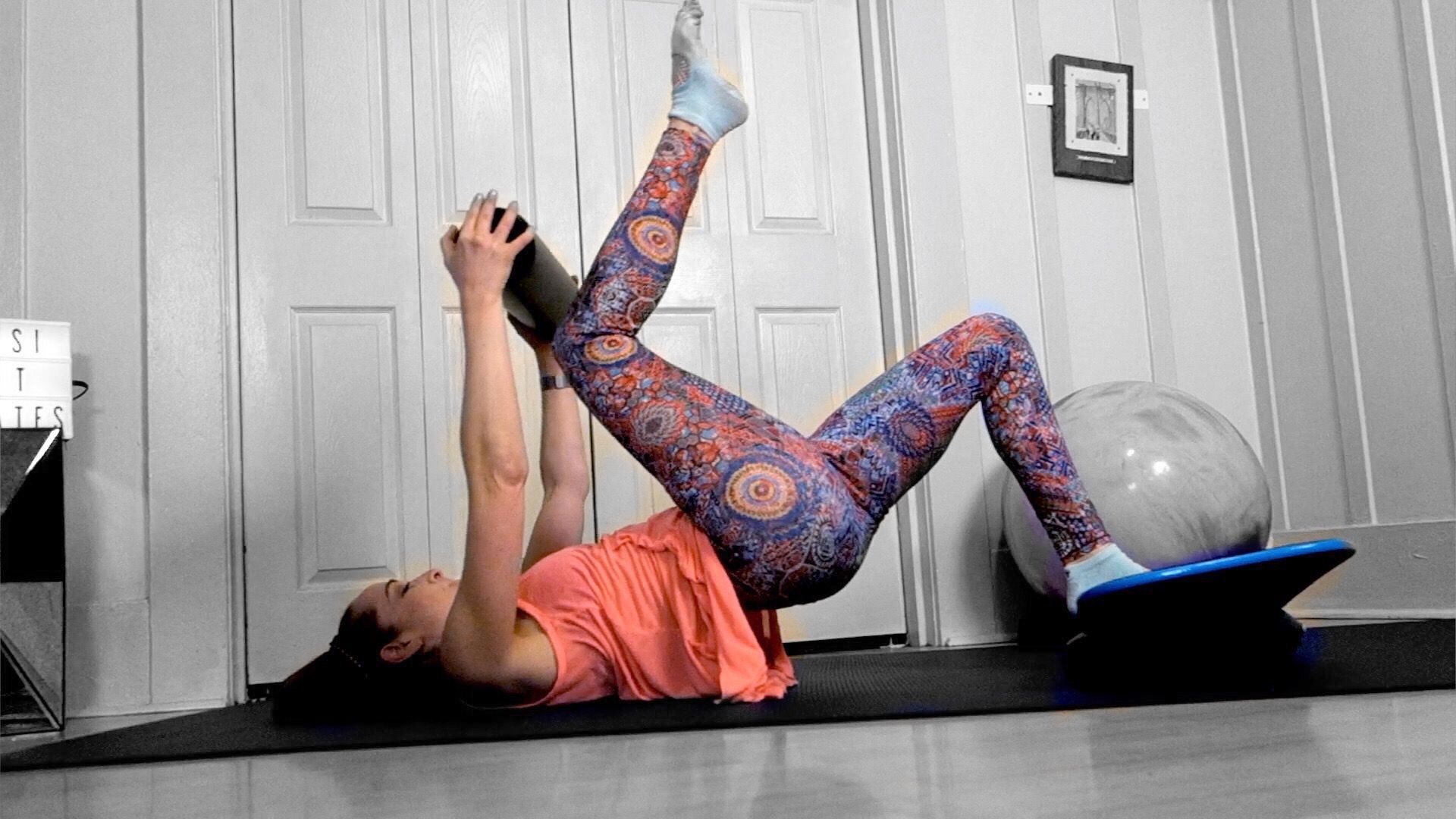All about Sciatica and how to reduce your pain
- By Roza Ferenczi
- •
- 26 Jan, 2018
- •
What is Sciatica?

Sciatica is usually the result of a spinal disc herniation, or a slipped disc, but other reasons might be the cause as well, such as pelvic tumors, pregnancy, or several syndromes.
Spinal disc herniation that is pressing on one of the lumbar or sacral nerve roots is the primary cause of the condition, making up about 90% of the cases. The pain subsides when the tear in the disc heals and the inflammation ceases.
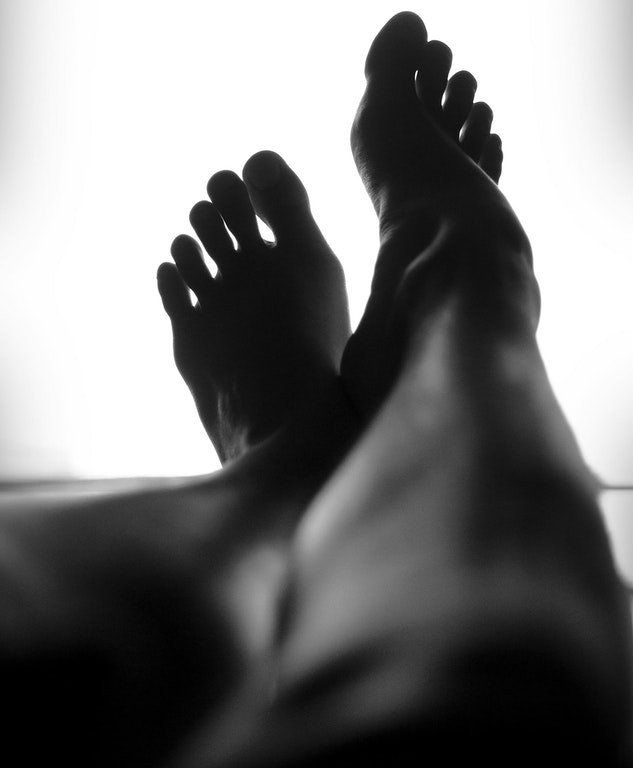
Sciatica can be diagnosed by physical examination and the knowledge of the history of the symptoms. If the pain is radiation typically in one leg, and the patient also shows one or more neurological indicator, such as nerve root tension or neurological deficit.
The commonly used diagnostic test is the Laségue's sign, or the straight-leg-raising test. The test is positive, when the person is lying on their back, and pain shoots below the knee if they raise their legs 30-70 degrees. In some cases, imaging tests, such as computer tomography or magnetic resonance imaging might be necessary to diagnose the lumbar disc herniation.
When the cause of sciatica is lumbar disc herniation, the condition resolves itself in weeks or a couple of months, depending on the severity of the herniation. There does not appear to be a difference between leading an active lifestyle, having physical therapy, or staying in bed.
Medicines are commonly prescribed for the condition, however, evidence for analgesics, opioids, muscle relaxants, and steroids are poor. Some evidence suggests that spinal cord manipulation is an effective treatment, as well as having a discectomy, that is surgically removing part of the disc.
Sciatica most commonly develop in people in their 40s and 50s, men are more affected by it than women. It is estimated, that 2-40% of people have sciatica during some point of their lives.
How to reduce your pain


